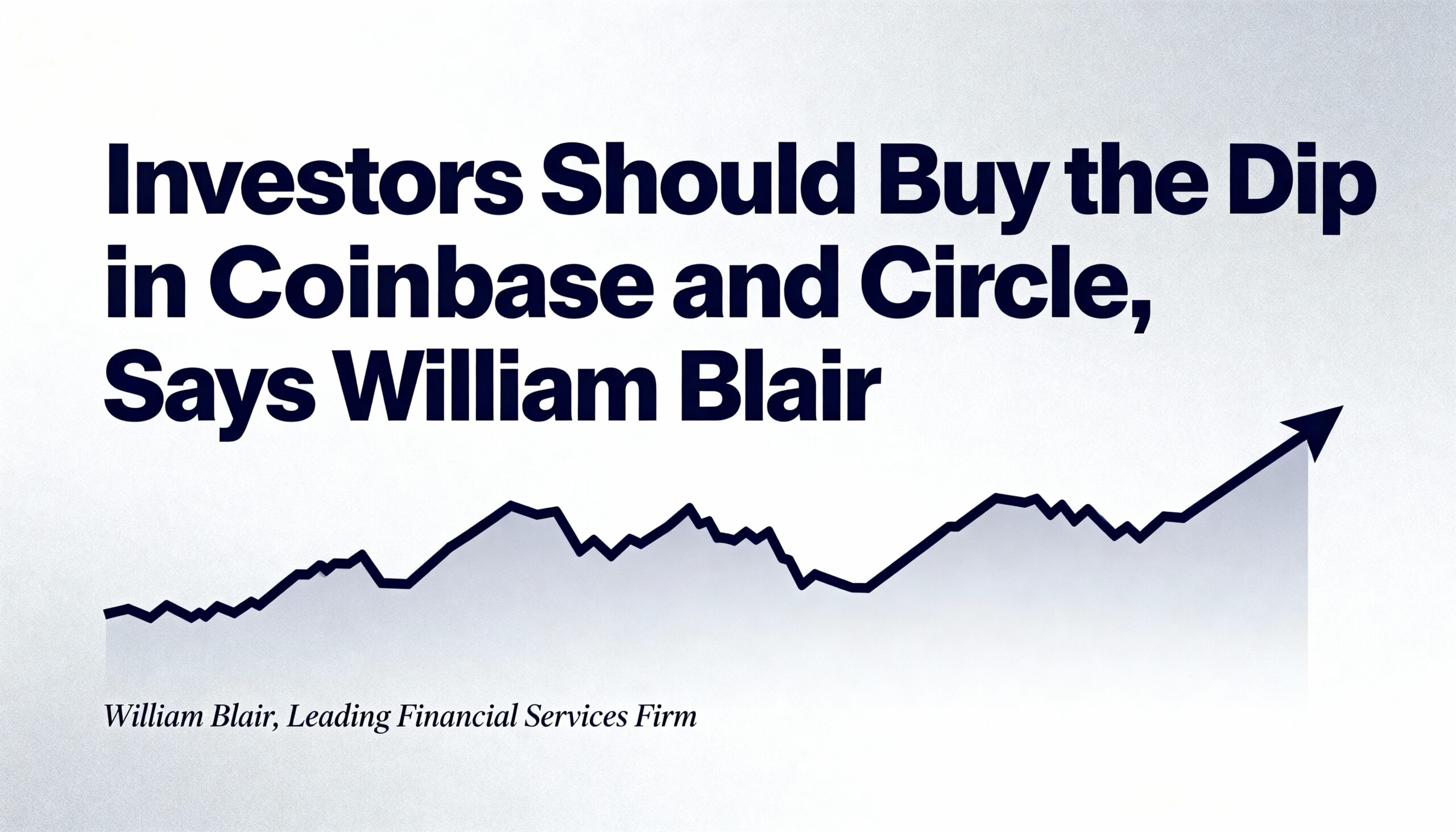UK 30-Year Yields Surge Past 5.6% as Trade Fears Revive Systemic Risk Concerns
Long-term UK borrowing costs spiked on Wednesday, with 30-year gilt yields hitting 5.6% — the highest level in nearly three decades — as global investors fled sovereign debt amid escalating trade tensions and fears of stagflation.
The sudden shift in bond markets reflects growing anxiety over President Trump’s aggressive tariff agenda, which threatens to disrupt global supply chains and exacerbate already sticky inflation. Investors have responded by offloading long-dated government debt, driving yields sharply higher in both the UK and the U.S.
Since last Thursday, the Nasdaq has declined 10%, while bitcoin (BTC) — viewed by many as a hedge against geopolitical turmoil — has fallen 8%. UK gilt yields have jumped 8%, and U.S. 30-year Treasury yields are up 12%.
Charlie Morris, founder of ByteTree, believes investors are growing disillusioned with traditional asset classes.
“The UK hasn’t run a balanced budget since 2001. The gilt market’s patience has run out,” said Morris. “People are moving into hard assets — not just gold, but bitcoin is gaining serious ground as a store of value.”
The yield surge has triggered memories of the 2022 pension fund crisis, when a sharp rise in borrowing costs exposed vulnerabilities in highly leveraged liability-driven investment (LDI) strategies used by UK pension schemes. Those funds faced sudden liquidity stress and were forced to liquidate positions in an already thin gilt market, prompting a destabilizing sell-off that required intervention from the Bank of England.
That episode, though limited to a $1.5 trillion market, revealed structural fragilities in the UK’s financial system that still linger today. Analysts at the Chicago Fed later attributed the crisis to excessive leverage, poor market depth, and regulatory blind spots.
Today’s spike in yields raises the question: have those vulnerabilities truly been addressed, or are markets once again skating on thin ice?
With political risk on the rise and global liquidity tightening, markets are on alert. The echoes of 2022 are growing louder.





